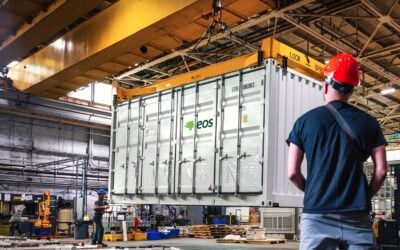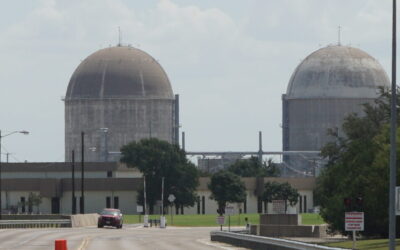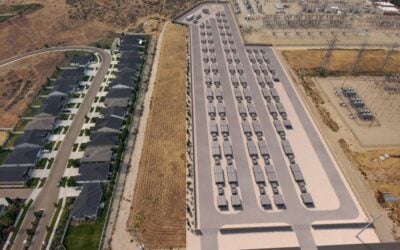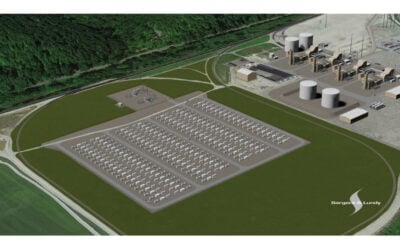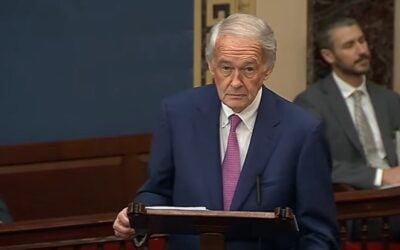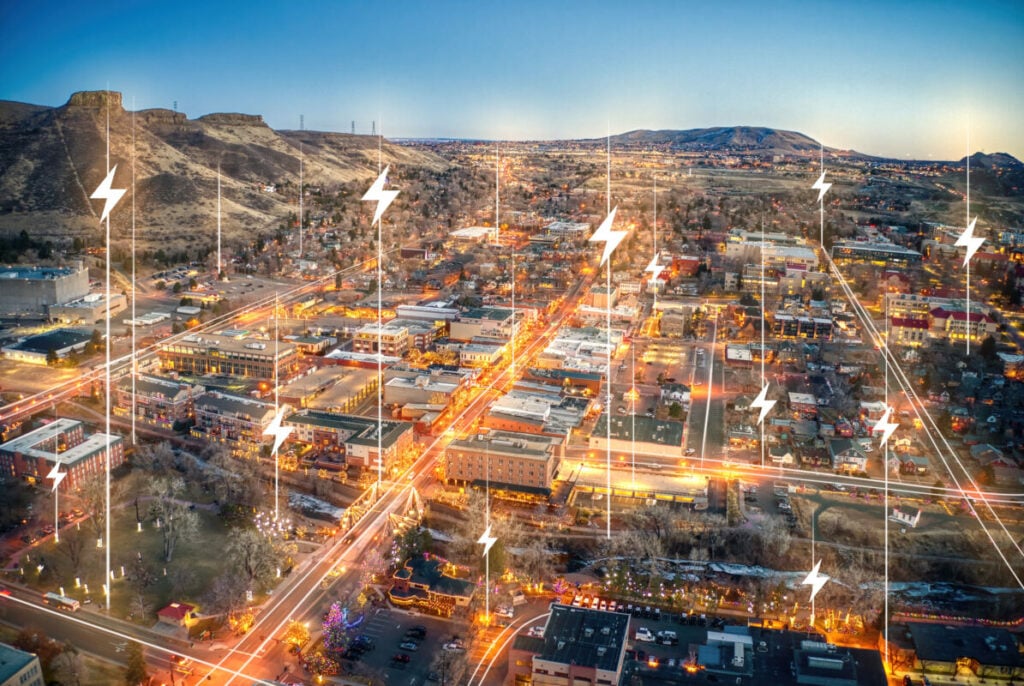
Virtual power plants (VPPs) in California using technologies including home batteries and demand response (DR) could provide 7.5GW of capacity in ten years’ time, 15% of peak demand, analysis from consultancy the Brattle Group shows.
The report, California’s Virtual Power Potential: How Five Consumer Technologies Could Improve the State’s Energy Affordability, looks at the market potential for VPP deployment in the western US state which could save consumers US$550 million per year in California.
Enjoy 12 months of exclusive analysis
- Regular insight and analysis of the industry’s biggest developments
- In-depth interviews with the industry’s leading figures
- Annual digital subscription to the PV Tech Power journal
- Discounts on Solar Media’s portfolio of events, in-person and virtual
Commissioned by non-profit organisation Gridlab, it examined five commercially available technologies: smart thermostat-based air-conditioning control, behind-the-meter batteries, residential electric vehicle charging, grid-interactive water heating, and automated demand response systems for large commercial buildings and industrial facilities.
The five together could represent over 7.5GW of capacity, approximately a fivefold increase from the current demand response (DR) in California used in Resource Adequacy, by 2035.
Not only could the deployment of VPPs in California generate over half a billion dollars in savings for consumers, but it could also avoid over US$750 million per year in system costs. This would translate to fewer new power plants needed and fewer necessary upgrades in transmission lines, and reduce risks linked to interconnection delays. This is an ever-growing issue in the US, with nearly 1TW of solar PV capacity in interconnection queues by the end of 2022.
A previous report from the Brattle Group estimated that VPPs could save US utilities up to US$35 billion in the next decade with the deployment of 60GW of VPP.
“In the face of rapidly rising utility bills across the state, this report shows the tremendous potential of VPPs to provide affordable, clean generating capacity as well as critical support for grid reliability,” said Ric O’Connell, executive director of Gridlab.
To see the full original version of this article go to PV Tech.

